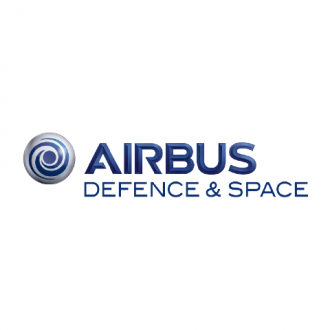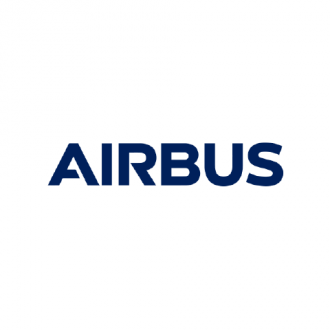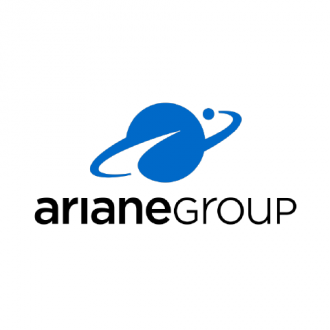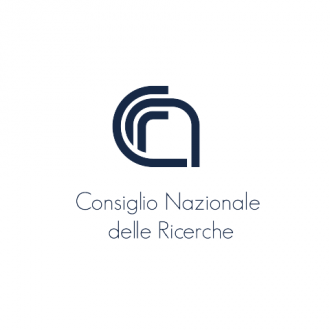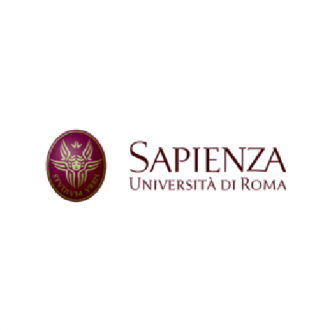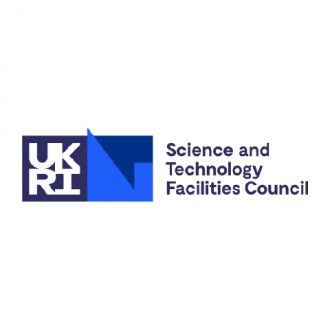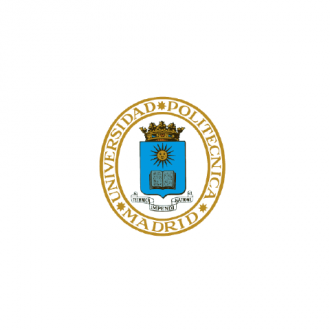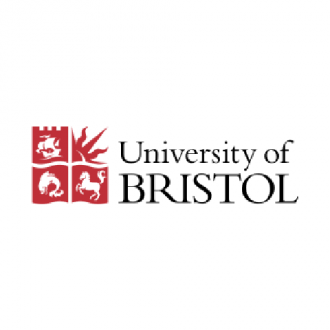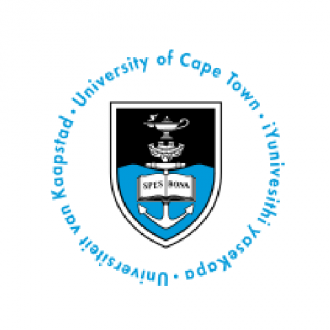Airbus Defence & Space GmbH (ADS) has profound experience in spacecraft system design and development for more than four decades resulting in successful missions, it has contributed to virtually all scientific and Earth observation missions in Europe, whether as spacecraft prime contractor, ground segment contractor, or as a major subcontractor.
ADS has designed, developed, tested and integrated attitude and orbit control systems (AOCS) and Guidance, Navigation and Control (GNC) systems for a large number of spacecraft and over many years. Through the AOCS background, the ADS team is in the heart of system matters in terms of spacecraft dynamics and control needs and the associated implementations.
Its experience includes low (LEO) and medium earth orbiting (MEO) satellites, satellite formations, geostationary (GEO) satellites, as well as interplanetary probes. This has provided a deep insight into the dynamical behaviour of a large number of rigid and flexible body types of spacecraft. As an integral part and due to increased pointing accuracy along with significantly larger amounts of on-board propellant, fuel sloshing effects have been studied and taken into account for the spacecraft controller design and verification for more than two decades. To do this, reduced order models (ROM) are typically derived from open-loop CFD analyses by well-established standard ADS processes and associated tools. In addition, closed-loop coupling between AOCS and CFD simulation has been successfully implemented and tested recently.
 This project has received funding from the European Union's Horizon 2020 research and innovation programme under grant agreement No 815044
This project has received funding from the European Union's Horizon 2020 research and innovation programme under grant agreement No 815044